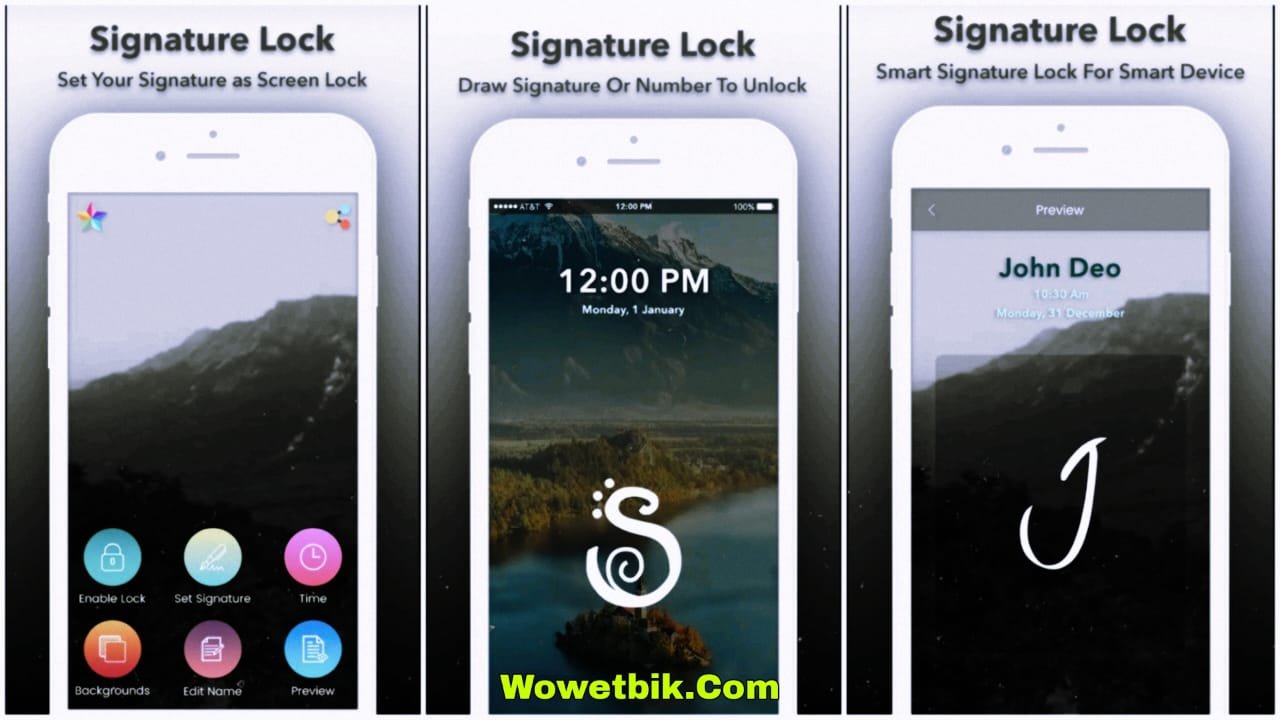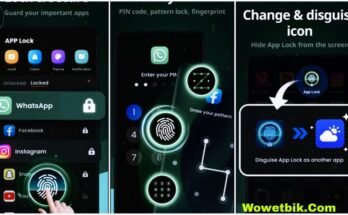You never wished your phone could spot your taste? With it’s built-in features like signature locks, it can. Signature lock is an interesting way to secure your Android device with a special drawing (for example, your signature) on top of it. It’s like signing into your phone, quite literally!
Why Use a Signature Lock?
Enhanced Security
Signature locks provide another layer of personal security. Unlikes PINs or patterns, your unique swipe is much harder for a snooper to guess.
Personalization
Let’s face it: Entering a boring old PIN or swiping the same pattern over and over can get monotonous. A signature lock is much you-er. it adds an extra splash to your everyday tech experience.
A Cool Way to Lock Your Phone
Let’s face it — drawing your signature to unlock the phone is pretty flippin’ awesome. It has a spy-movie-like feel every time you swipe down the notifications.
Requirement Before Establishing Signature Lock (ELITE200)
So before you go all fancy with your lock screen, there’s some setting up to do.
Supported Devices and OS Versions
Some Android devices (not all) support signature locks out of the box. You’ll typically need Android 5.0 or above and a good processor to help the app run without lag.
Downloading Third-Party Apps
As this feature is not a native one in most Android phones, you will probably have to use a third-party app. Don’t worry — we’ll guide you through the best ones.
Adjusting Signature Lock With the Default Options
Step-by-Step Guide (If Built-in)
Some of these come with signature or gesture lock features pre-loaded, as well, and some manufacturers (a few Chinese ones especially) including built-in options. Here’s how to turn it on, if your phone has it:
Navigate to Settings > Security or Lock Screen
Tap “Screen Lock” or similar
Select either “Gesture Lock” or “Signature Lock”
Paint your signature on the canvas provided.
Accept it and establish a backup PIN.
Tips for Making A Safe Signature Lock
Avoid Easy Shapes or Letters
It’s not enough to just draw an “S,” or a heart.” Keep it unique. Perhaps combine initials, swirl them or add loops.
Use Two-Handed Gestures
You could try making a “handshake” with both hands to make your signature more interesting and original. It’s more difficult to copy and less prone to fraud.
Change Signature Regularly
Just as you’d swap out your PIN every so many months (you do that, correct?), swap out your signature as an extra precaution.
Troubleshooting Common Issues
App Not Recognizing Signature
This is most likely the result of sensitivity settings. Head to your app settings and try changing the signature sensitivity or recognition threshold.
Forgot Your Signature Pattern?
Don’t panic! The majority of apps also offer a backup method to unlock the app, such as a PIN or password. There you can get back in and reset your signature.
Battery Consumption Concerns
Lock apps with signature operate in the background. To reduce battery drain:
Use lightweight apps
Disable background animation
Limit usage on low battery
Conclusion
In fact, when it comes to locking your Android phone there are so many options, it’s easy to get overwhelmed. Whether your phone offers it natively or you use a third-party app, the process is simple and weirdly fun. Just be sure to make your signature complex and change it often for the utmost security. Now, make your phone — literally — stamp to it.



